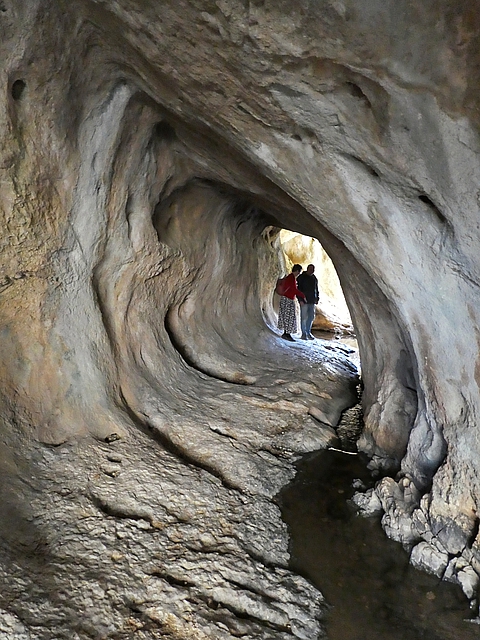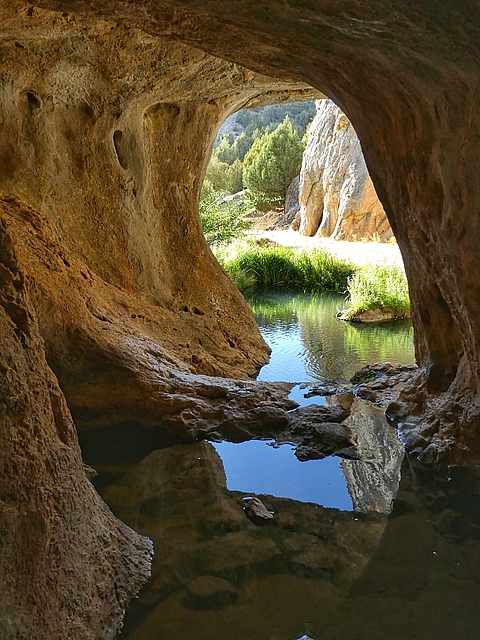Tuesday 27 September 2022
Distance: 20.8 km Time: 5:20 Ascent: 380m Descent: 400m – Wikiloc
It was cold, 4°C this morning but a 100 meter ascent in half a kilometer to start soon warmed us. After a while we entered a pine forest walking along sandy tracks covered with pine cones – easy of the feet and the most pleasant walking of our Camino del Cid so far.
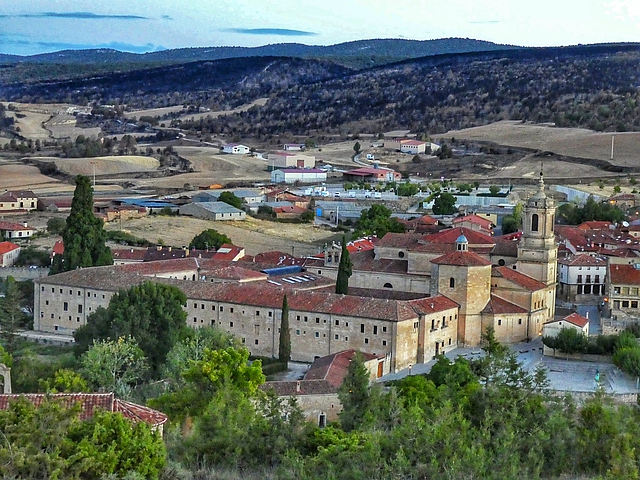
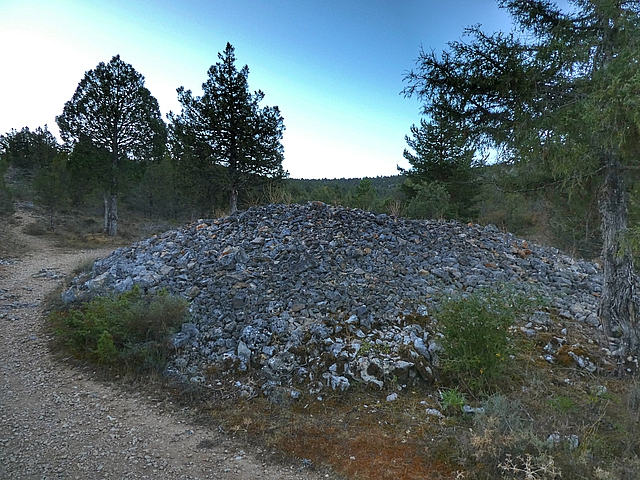
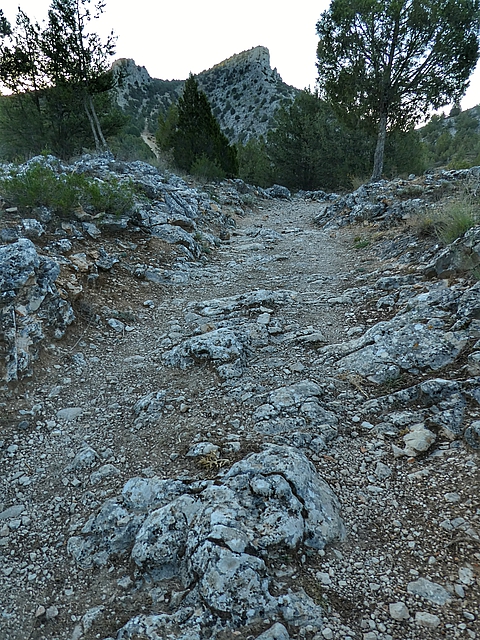
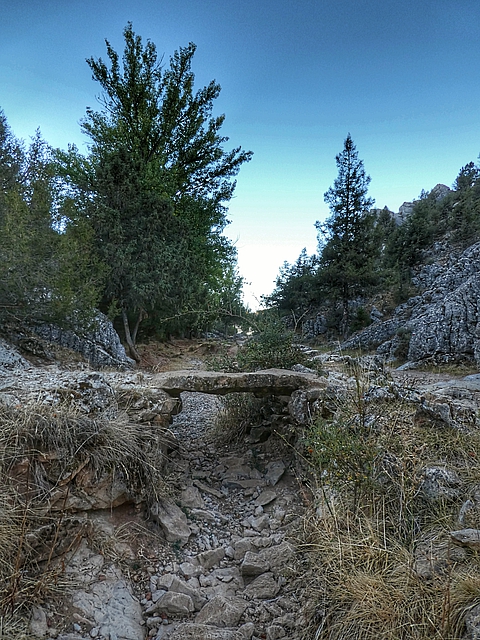
Peñacoba (pop 39) and its lands belonged to El Cid. In 1076 he his wife, Jimena donated the village to the Silos Monastery.
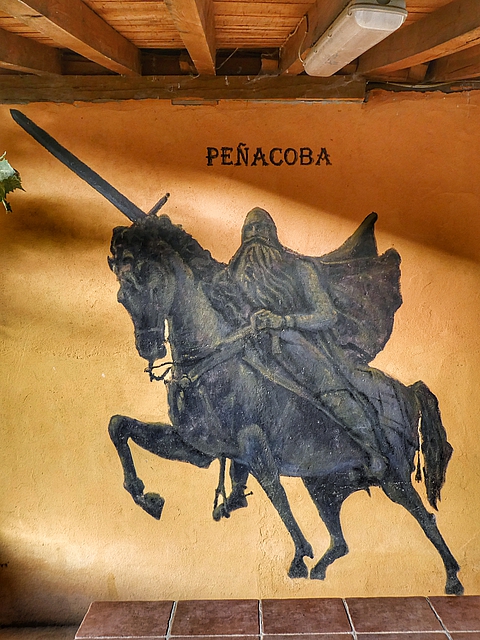
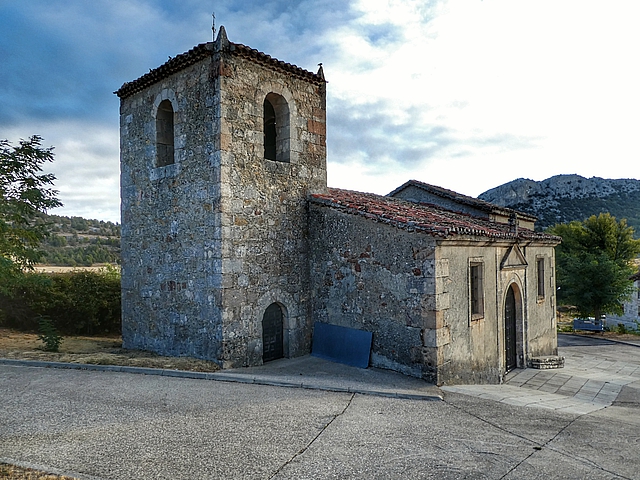

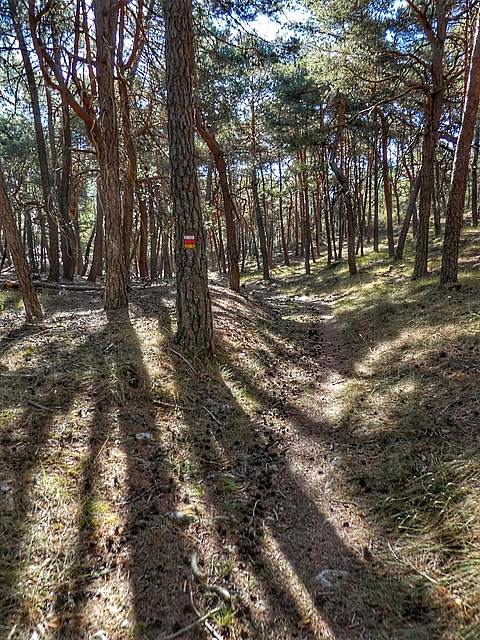
Huerta de Rey (King’s Garden, pop 673) was named for the fertility of its lands and the abundance of water, the Arandilla River as well as springs and fountains with healing properties.
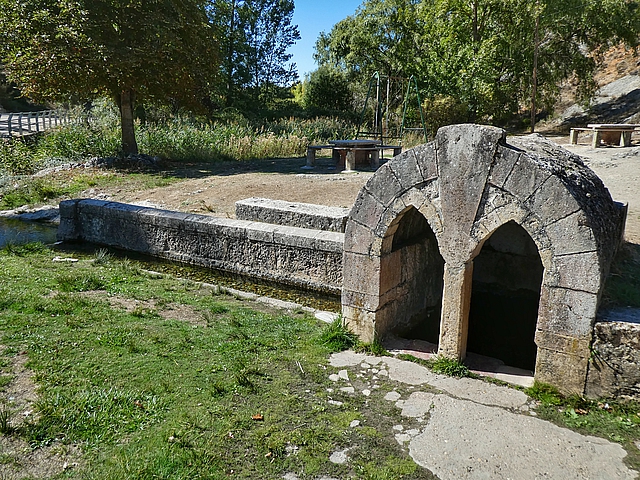
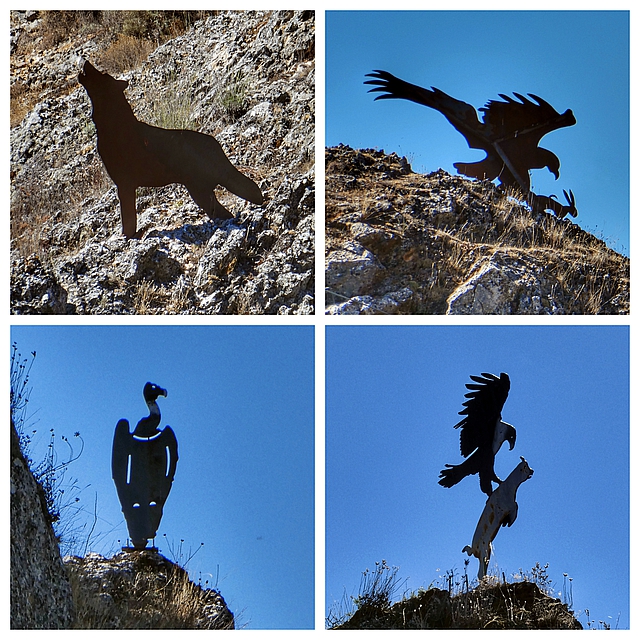
The huertaños are nicknamed “wolves”. The vultures as liked as they clean up the dead animals preventing the spread of disease
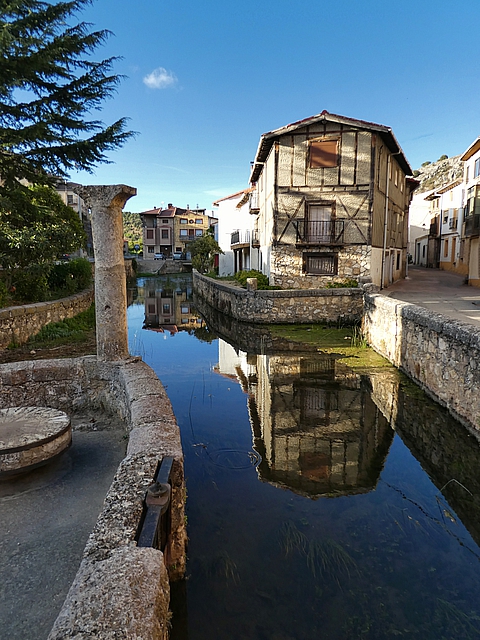
The Roman City of Clunia with probably had more than 30,000 inhabitants was one of the most important plateau cities of Roman Spain. It’s about 10 km from Huerta de Rey and we really wanted to visit the ruins. Vivi and Mayaka, the owners of Hostal Camino del Cid where we stayed were kind enough to drive us the there.
It took us about an hour and 2 kilometers to walk around the site.
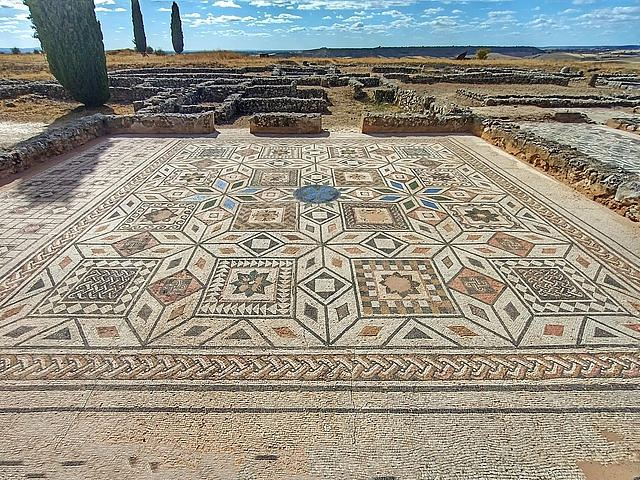
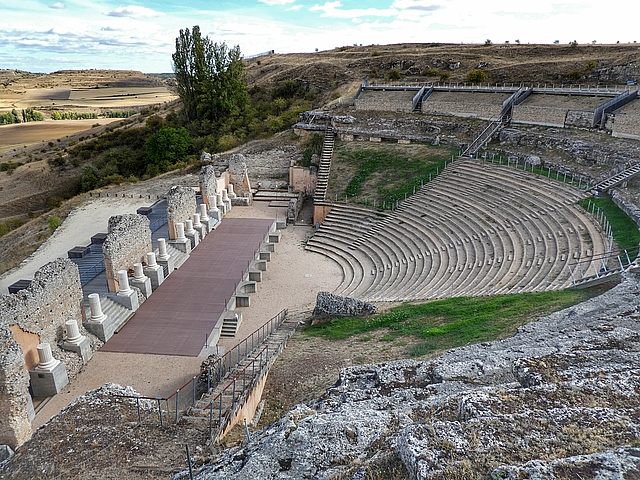
Vivi and Mayaka then took us to Hoz de Orillares (Sickle Caves of Orillares), a place only locals know about, 15 kilometers from Huerta. There’s a small canyon eroded by the stream to create several caves. Like La Yecla, many vultures nest on the cliffs above. It’s a two kilometer round trip walk from the car park.
